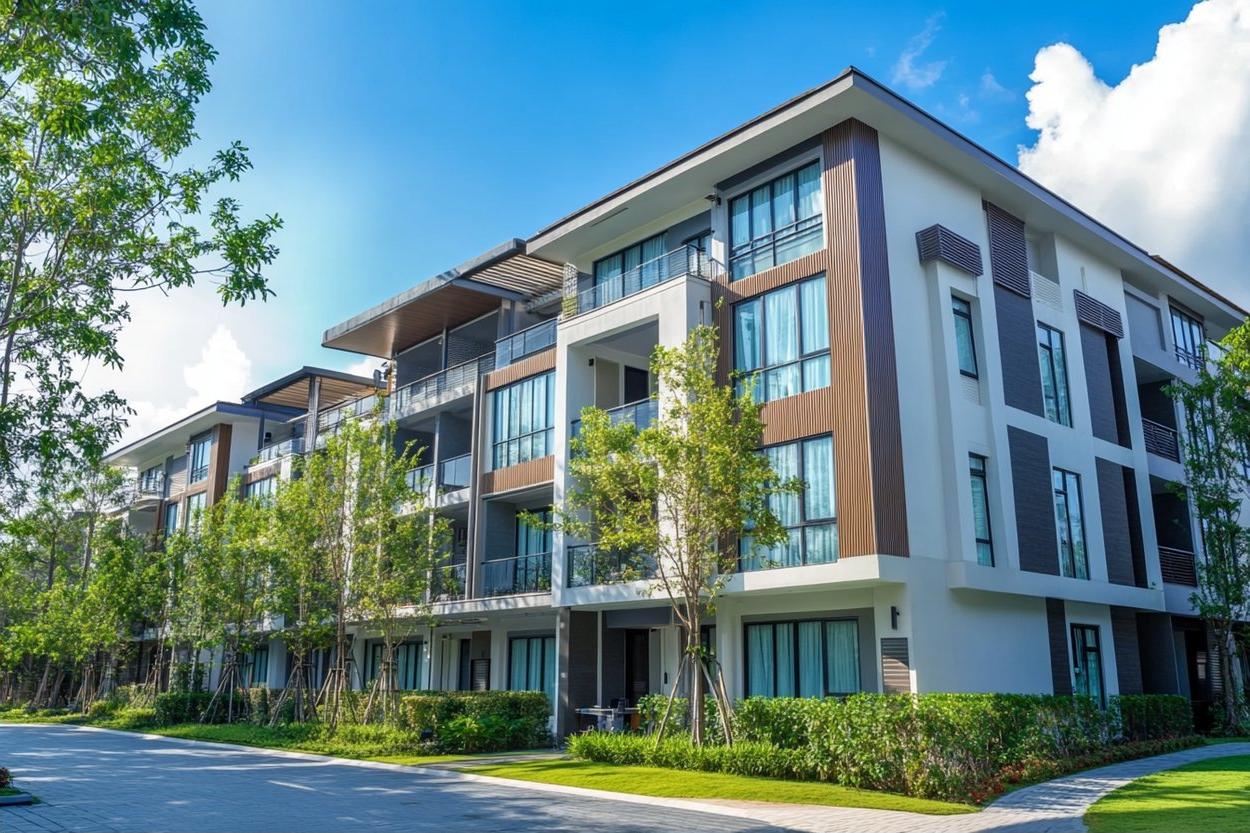Decoding the Effect of Population Density on Real Estate Values
Teaser: Dive into the nuanced world of real estate, as we explore the interplay between population density and property values. This intricate relationship shapes the landscape of real estate investments, influencing decisions for both buyers and sellers.

A Deeper Look into Population Density and Property Values
Population density, the number of people living per unit of an area, is a critical factor influencing real estate values. This correlation has been evident since the early days of human civilization. High-density areas, often associated with urban centers, have traditionally commanded higher real estate prices due to the increased demand for limited space.
Understanding the Historical Context
Historically, cities have always been the hub of commerce, culture, and opportunities, causing a surge in population density. This trend has led to escalating property values in these areas. However, this relationship isn’t as linear as it seems, with other factors like infrastructure, amenities, and livability playing significant roles.
Current Market Trends and Insights
In recent times, there’s an observed shift in this trend. People are seeking less densely populated areas due to the rise in remote work culture and a desire for higher living standards. This shift is leading to an increase in property values in suburban and rural areas while slightly tempering the urban real estate market.
The Impact of Population Density on Real Estate Strategies
Investors, buyers, and sellers need to consider population density in their real estate strategies. High-density areas often yield higher rental returns, albeit at higher property prices. On the other hand, low-density areas may offer more affordable investment options and potential future growth. The choice between these strategies depends on one’s financial goals and risk tolerance.
The Future of Population Density and Real Estate
While the current trend suggests a shift towards less densely populated areas, the future of population density and its impact on real estate values remain uncertain. Factors like urbanization trends, technological advancements, and societal changes will continue to shape this landscape.
In conclusion, population density is a critical factor influencing real estate values. Understanding its nuances and trends can aid in making informed real estate decisions. However, it’s crucial to balance this understanding with other market dynamics, personal financial goals, and risk appetite. This balanced approach will ensure a successful and rewarding real estate journey.




